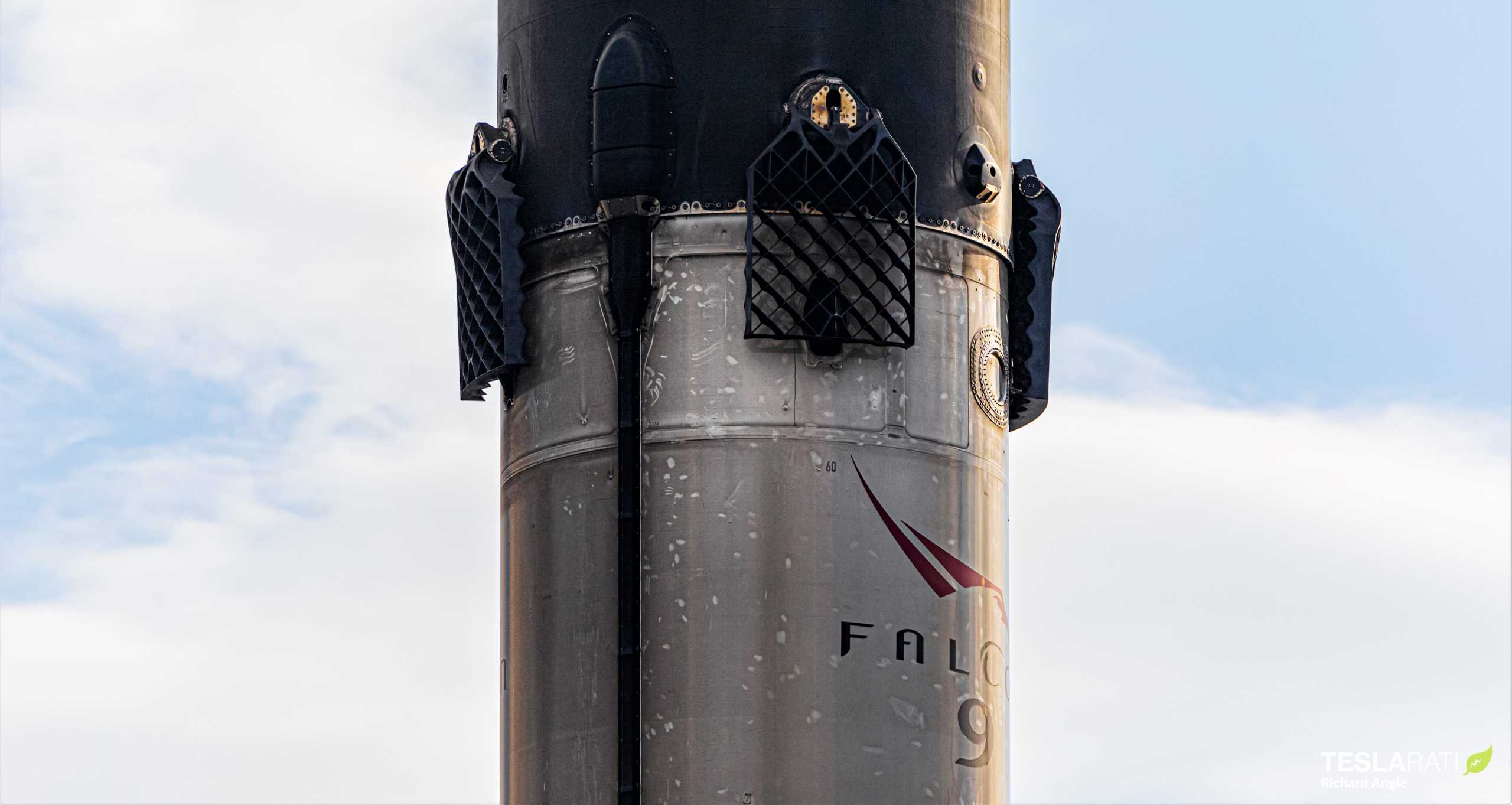

News
SpaceX’s youngest Falcon 9 booster returns to port after second launch
SpaceX’s youngest flight-proven Falcon 9 booster has returned to port after its second successful launch in ten weeks, preceded by the shrapnel of a destroyed payload fairing two days prior.
On June 30th, Falcon 9 B1060 lifted off for the first time, ultimately supporting SpaceX’s first operational US military satellite launch and completing the first successful booster landing after such a mission. Originally scheduled as early as August 29th, the same booster supported Starlink-11 on September 3rd, just 64 days after launching the US military’s GPS III SV03 satellite. In doing so, B1060 became the third Falcon 9 booster ever to launch twice in less than 70 days – all three instances of which occurred this year.
On the fairing recovery front, SpaceX’s Starlink-11 mission was not not nearly as lucky. Recovery ships GO Ms. Tree and GO Ms. Chief returned to Port Canaveral about 48 hours prior the Falcon 9 booster they launched on – but in a pile of jagged shards rather than two intact halves.
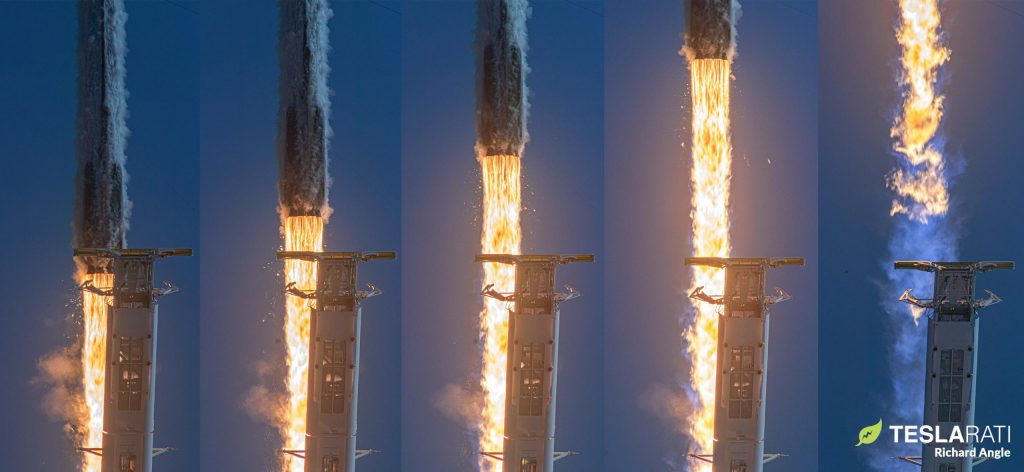
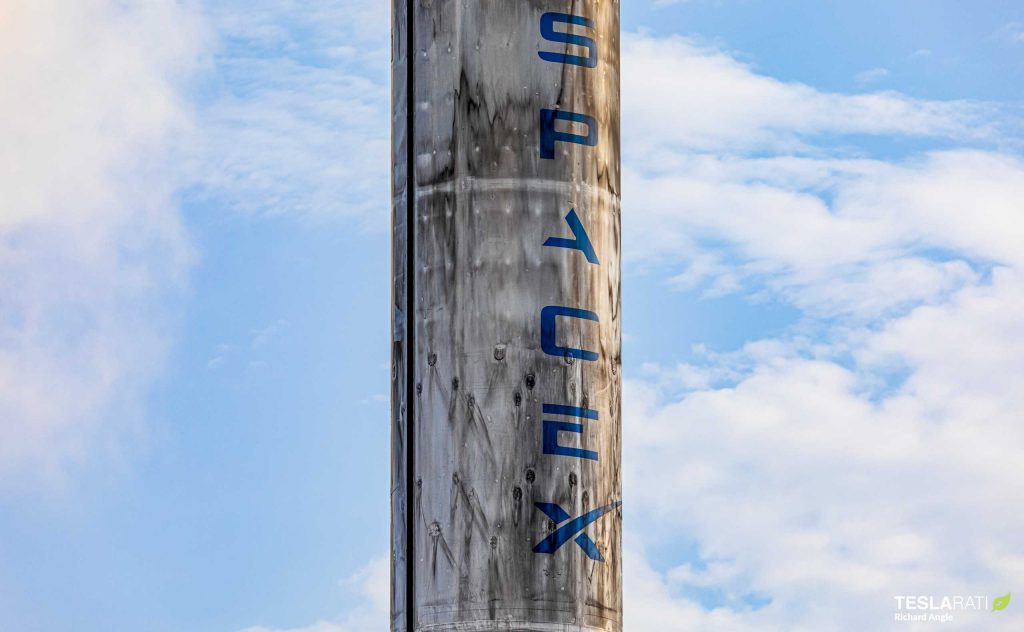
While SpaceX will have to continue chasing the ever-illusive double-fairing-catch it first tasted on July 20th, any recovery – even if just fragments – should still produce valuable data that can inform future recovery attempts and help prevent a similar fate from befalling future fairings. Outcome aside, the recovery also made for a spectacular port return for the (mostly) emptyhanded ships.
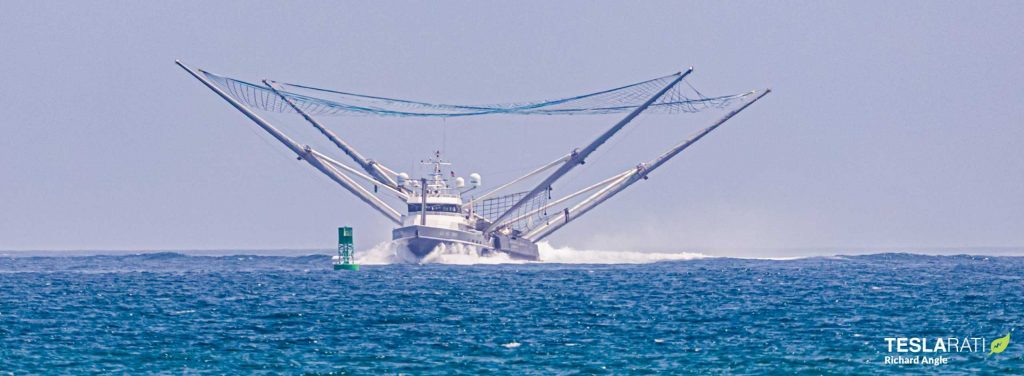
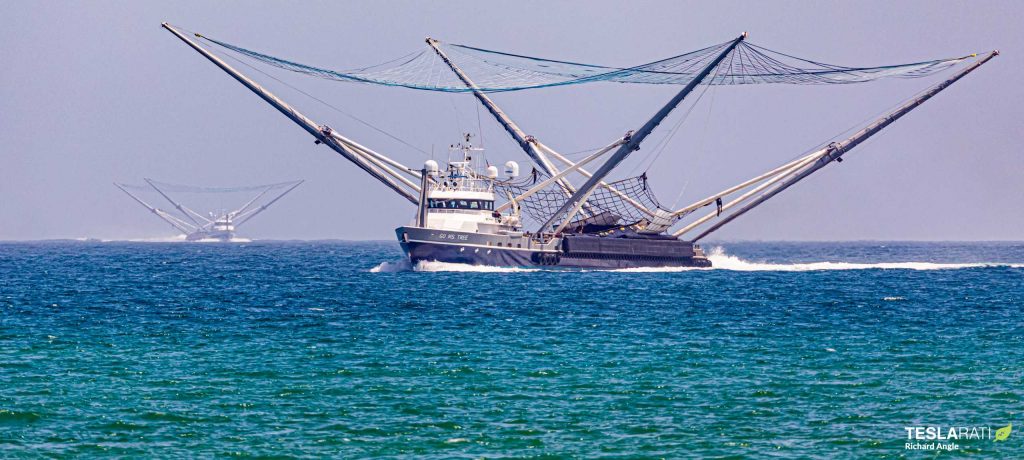
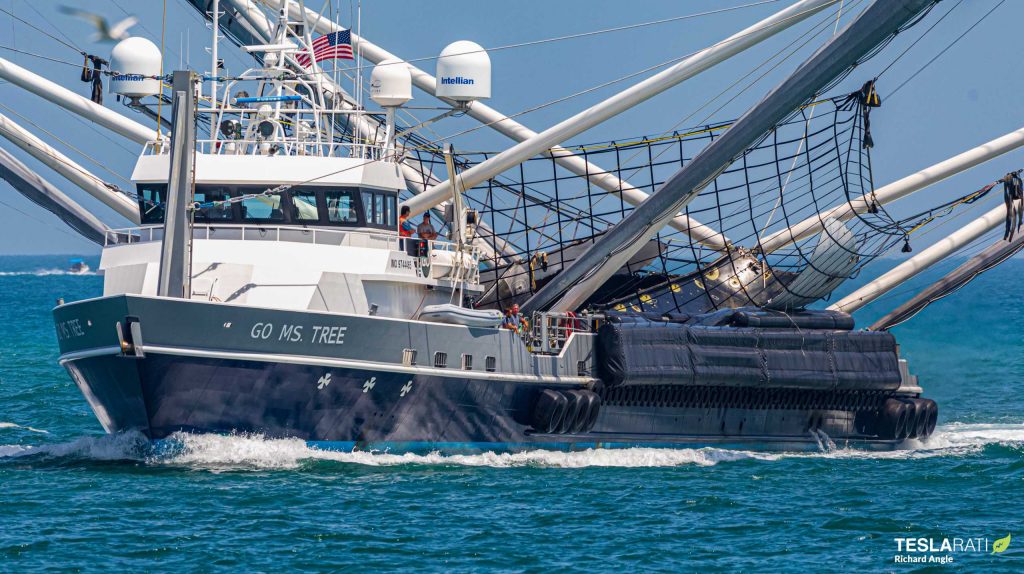
The success of Falcon 9 booster B1060’s second launch and ocean landing in 64 days is unequivocal, however. To support a combined commercial and Starlink launch cadence as ambitious as SpaceX’s in 2020, a heavy reliance on booster reuse – particularly with a focus on speed – was going to be a necessity. As a result of the unplanned loss of four Falcon Block 5 boosters between December 2018 and March 2020, SpaceX’s reuse-oriented decision to slow first stage production saw the company’s fleet of flightworthy boosters rapidly shrink.
Thankfully, Crew Dragon’s Demo-2 astronaut launch debut and the aforementioned GPS III SV03 mission introduced two new boosters – B1058 and B1060 – into circulation, resulting in a booster flight likely just large enough to support the lower bound of SpaceX’s 2020 launch ambitions. In late 2019 and early 2020, SpaceX executives revealed plans for anywhere from 24 to 36 launches this year – roughly two-thirds of which would be internal Starlink missions.
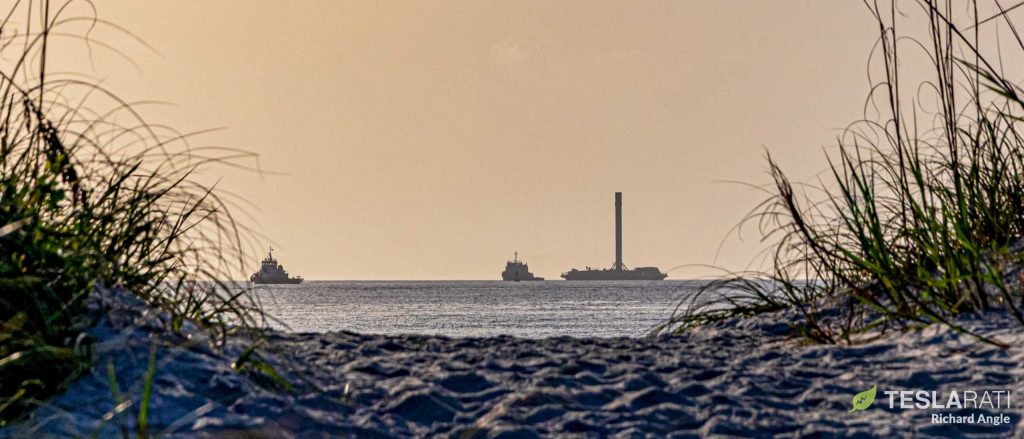
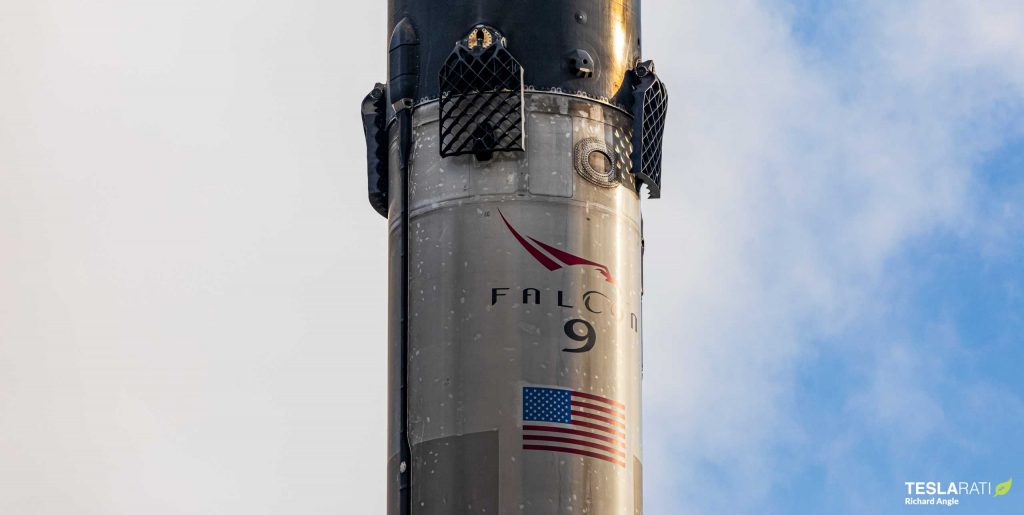

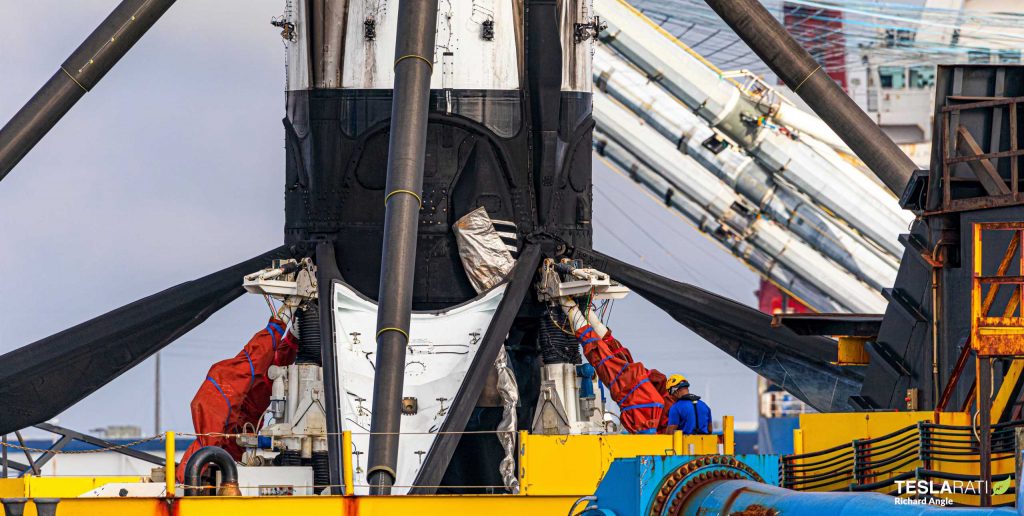
As the first Falcon 9 booster to be permitted to land after an operational National Security Space Launch (NSSL), B1060 would have been the perfect choice to support the first booster reuse during a US Air Force or National Reconnaissance Office launch. Much like NASA’s first launch on a flight-proven Falcon 9, though, that pathfinder qualification process would have likely necessitated 6+ months of inspections, reviews, and repairs. If not the first NSSL-sponsored reuse, B1060 would have also been a prime booster option for a more conservative customer or a high-value mission later this year or early next.
Instead, barely two months after its launch debut, SpaceX assigned B1060 to launch the 12th batch of Starlink satellites, pushing the internet constellation over the 700-satellite mark. In simple terms, the move implies that SpaceX is pushing as hard as ever to launch as many times as possible this year. As of now, SpaceX has launched 16 times in a bit more than eight months, averaging almost exactly two launches per month. If SpaceX continues that pace, it will beat its current annual record of 21 launches with ~24. If the company sustains the pace its kept over the last ~90 days, it could complete as many as 28 launches this year.
SpaceX’s September manifest certainly leans towards the latter option. Aside from two more Starlink missions scheduled in mid and late September, Falcon 9 booster B1062 is scheduled to debut with another GPS III satellite launch for the US military. Another five commercial missions have feasible launch targets in the fourth quarter, while it’s safe to assume that SpaceX will continue to target at least two Starlink launches per month for the indefinite future. Altogether, SpaceX has at least 15 more missions that will likely be ready to launch before the end of the year – plenty to sate Falcon 9’s ever-growing thirst.
Check out Teslarati’s Marketplace! We offer Tesla accessories, including for the Tesla Cybertruck and Tesla Model 3.
News
Tesla begins Robotaxi certification push in Arizona: report
Tesla seems serious about expanding its Robotaxi service to several states in the coming months.

Tesla has initiated discussions with Arizona transportation regulators to certify its driverless Robotaxi service in the state, as per a recent report from Bloomberg News. The move follows Tesla’s launch of its Robotaxi pilot program in Austin, Texas, as well as CEO Elon Musk’s recent comments about the service’s expansion in the Bay Area.
The Arizona Department of Transportation confirmed to Bloomberg that Tesla has reached out to begin the certification process for autonomous ride-sharing operations in the state. While details remain limited, the outreach suggests that Tesla is serious about expanding its driverless Robotaxi service to several territories in the coming months.
The Arizona development comes as Tesla prepares to expand its service area in Austin this weekend, as per CEO Elon Musk in a post on X. Musk also stated that Tesla is targeting the San Francisco Bay Area as its next major market, with a potential launch “in a month or two,” pending regulatory approvals.
Tesla first launched its autonomous ride-hailing program on June 22 in Austin with a small fleet of Model Y vehicles, accompanied by a Tesla employee in the passenger seat to monitor safety. While still classified as a test, Musk has said the program will expand to about 1,000 vehicles in the coming months. Tesla will later upgrade its Robotaxi fleet with the Cyercab, a two-seater that is designed without a steering wheel.
Sightings of Cybercab castings around the Giga Texas complex suggests that Tesla may be ramping the initial trial production of the self-driving two-seater. Tesla, for its part, has noted in the past that volume production of the Cybercab is expected to start sometime next year.
In California, Tesla has already applied for a transportation charter-party carrier permit from the state’s Public Utilities Commission. The company is reportedly taking a phased approach to operating in California, with the Robotaxi service starting with pre-arranged rides for employees in vehicles with safety drivers.
News
Tesla sets November 6 date for 2025 Annual Shareholder Meeting
The automaker announced the date on Thursday in a Form 8-K.

Tesla has scheduled its 2025 annual shareholder meeting for November 6, addressing investor concerns that the company was nearing a legal deadline to hold the event.
The automaker announced the date on Thursday in a Form 8-K submitted to the United States Securities and Exchange Commission (SEC). The company also listed a new proposal submission deadline of July 31 for items to be included in the proxy statement.
Tesla’s announcement followed calls from a group of 27 shareholders, including the leaders of large public pension funds, which urged Tesla’s board to formally set the meeting date, as noted in a report from The Wall Street Journal.
The group noted that under Texas law, where Tesla is now incorporated, companies must hold annual meetings within 13 months of the last one if requested by shareholders. Tesla’s previous annual shareholder meeting was held on June 13, 2024, which placed the July 13 deadline in focus.
Tesla originally stated in its 2024 annual report that it would file its proxy statement by the end of April. However, an amended filing on April 30 indicated that the Board of Directors had not yet finalized a meeting date, at least at the time.
The April filing also confirmed that Tesla’s board had formed a special committee to evaluate certain matters related to CEO Elon Musk’s compensation plan. Musk’s CEO performance award remains at the center of a lengthy legal dispute in Delaware, Tesla’s former state of incorporation.
Due to the aftermath of Musk’s legal dispute about his compensation plan in Delaware, he has not been paid for his work at Tesla for several years. Musk, for his part, has noted that he is more concerned about his voting stake in Tesla than his actual salary.
At last year’s annual meeting, TSLA shareholders voted to reapprove Elon Musk’s compensation plan and ratified Tesla’s decision to relocate its legal domicile from Delaware to Texas.
Elon Musk
Grok coming to Tesla vehicles next week “at the latest:” Elon Musk
Grok’s rollout to Tesla vehicles is expected to begin next week at the latest.

Elon Musk announced on Thursday that Grok, the large language model developed by his startup xAI, will soon be available in Tesla vehicles. Grok’s rollout to Tesla vehicles is expected to begin next week at the latest, further deepening the ties between the two Elon Musk-led companies.
Tesla–xAI synergy
Musk confirmed the news on X shortly after livestreaming the release of Grok 4, xAI’s latest large language model. “Grok is coming to Tesla vehicles very soon. Next week at the latest,” Musk wrote in a post on social media platform X.
During the livestream, Musk and several members of the xAI team highlighted several upgrades to Grok 4’s voice capabilities and performance metrics, positioning the LLM as competitive with top-tier models from OpenAI and Google.
The in-vehicle integration of Grok marks a new chapter in Tesla’s AI development. While Tesla has long relied on in-house systems for autonomous driving and energy optimization, Grok’s integration would introduce conversational AI directly into its vehicles’ user experience. This integration could potentially improve customer interaction inside Tesla vehicles.
xAI and Tesla’s collaborative footprint
Grok’s upcoming rollout to Tesla vehicles adds to a growing business relationship between Tesla and xAI. Earlier this year, Tesla disclosed that it generated $198.3 million in revenue from commercial, consulting, and support agreements with xAI, as noted in a report from Bloomberg News. A large portion of that amount, however, came from the sale of Megapack energy storage systems to the artificial intelligence startup.
In July 2023, Musk polled X users about whether Tesla should invest $5 billion in xAI. While no formal investment has been made so far, 68% of poll participants voted yes, and Musk has since stated that the idea would be discussed with Tesla’s board.
-

 Elon Musk1 week ago
Elon Musk1 week agoTesla investors will be shocked by Jim Cramer’s latest assessment
-

 Elon Musk3 days ago
Elon Musk3 days agoElon Musk confirms Grok 4 launch on July 9 with livestream event
-

 Elon Musk14 hours ago
Elon Musk14 hours agoxAI launches Grok 4 with new $300/month SuperGrok Heavy subscription
-

 News7 days ago
News7 days agoTesla Model 3 ranks as the safest new car in Europe for 2025, per Euro NCAP tests
-

 Elon Musk2 weeks ago
Elon Musk2 weeks agoA Tesla just delivered itself to a customer autonomously, Elon Musk confirms
-

 Elon Musk1 week ago
Elon Musk1 week agoxAI’s Memphis data center receives air permit despite community criticism
-

 Elon Musk2 weeks ago
Elon Musk2 weeks agoTesla’s Omead Afshar, known as Elon Musk’s right-hand man, leaves company: reports
-

 News2 weeks ago
News2 weeks agoXiaomi CEO congratulates Tesla on first FSD delivery: “We have to continue learning!”

















